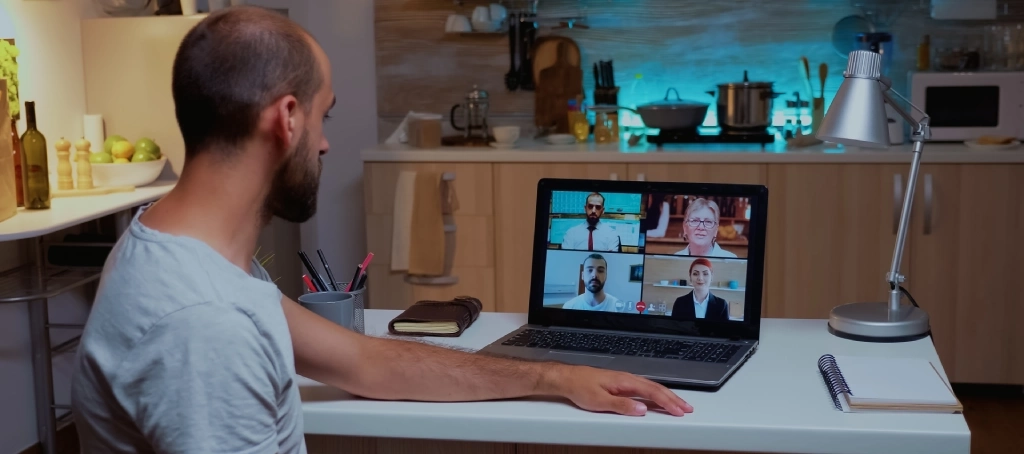March 24, 2020
5 862
4 min read
3 basic steps to manage remote and working-from-home employees
3 very basic steps to effectively manage remote and working-from-home employees:
1. Plan! Set clear goals and realistic expectations
Benjamin Franklin once said, "If you fail to plan you plan to fail"
Planning is the first step in successfully
managing remote and working-from-home employees.
How do you create a good plan?
- ● Establish clearly defined goals.
- ● Precisely allocate tasks and ensure that your remote employees fully understand what they should do.
- ● Set realistic expectations and rationalise the amount of work and the time allotted to complete the tasks (due dates).
Setting clear goals and realistic expectations (work volume and due dates) for remote and working from home employees allows everyone to be on the same page and presents a bigger picture of the need for collective participation to meet the overall business goal.
2. Implement employee monitoring software
Employee monitoring software is the perfect tool to recreate an in-office environment as employees work from home! Employee monitoring software keeps both remote and working-from-home employees productive and on their A-game. Even in a relaxing and distracting home setting, employee monitoring software keeps the work process moving.
The right employee monitoring software positively affects remotely, multi-time zoned distributed teams and solves various decentralized team issues. These include:
- ● Ensuring employees utilize their working time well, clock in/out properly, and record the exact hours worked.
- ● Monitoring what websites and online applications remote employees access during working hours.
- ● Monitoring time spent actively doing work-related activities and idle time spent away from computers.
- ● Employee monitoring software allows employers to measure employees' productivity and make necessary improvements where there is slack.
Read more on
how to choose the best employee monitoring software for your remote and working-from-home employees.
WorkTime helps to boost your team's productivity while allowing you to monitor time spent on work-related tasks accurately. WorkTime also records idle time and time spent on non-work-related websites and applications.
3. Hold structured meetings
Nothing beats effective communication. This is the ultimate way of getting remote and working from home employees to deliver and maintain the same performance levels as a team working together physically. Employees thrive in structure, and the best way to strengthen structure is through team meetings— regular communication. Here are several options for setting up meeting schedules:
- ● Daily standup meetings- Take 15 to 30 minutes to look at everyone's progress, what tasks they are currently working on. Get a summary of what they did in the day, challenges, the next course of action and, what they are looking forward to doing the next day.
- ● One-on-ones- At least once a week, hold a one-on-one with employees to understand specifically what their needs are, what they are looking for, and how you can assist with any current issues.
- ● Longer meetings- Longer meetings should be held at least twice a month to summarize projects done, results achieved during the month, and plans for the upcoming month.
It is also important to note that consistency is key. Meetings should be synchronous to ensure that consistency is applied, and you, as the leader, can stay on top of things.You can also use employee monitoring software to
monitor the time spent in meetings.
